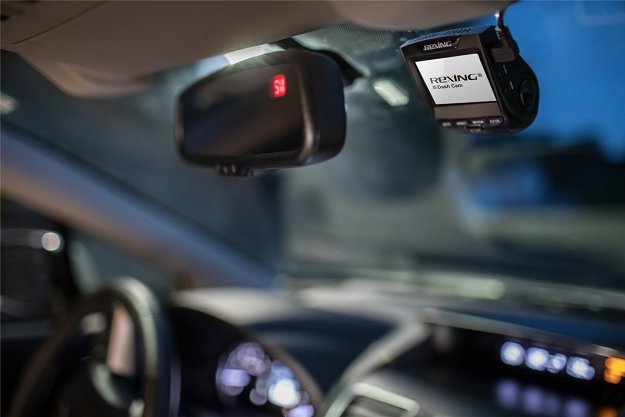The Volvo S60 Cross Country sedan is undoubtedly an odd-looking thing, but there’s a unique appeal, a remarkably individual character there that comes with the ‘crossover sedan’ format.
On top, it’s a Volvo S60, a well-designed but not altogether pulse-quickening creation. On bottom, it’s a crossover that beckons for the trail, with an additional 2.5 inches of ride height and optional all-wheel drive added to gain its Cross Country badge.
Yes, it may be slightly off-kilter, but in many ways it’s a pleasant throwback to the rugged, boxy disposition of Volvos past, and it’s one that the community has embraced thus far.
If that comes as a surprise to you, you’re not alone. Volvo’s Senior VP of Product Strategy (and new head of American operations), Lex Kerssemakers, is among those who are pleasantly bemused by the Cross Country’s reception.
“If you had asked me 18 months ago if we would have been doing this I would have said it wouldn’t be our first priority,” he told Autocar at the 2015 Detroit Auto Show. “But we are starting to see sales growth of Cross Country models, and we are starting to really believe in the potential of the brand. We want to re-inject some energy into it as we see it as a concept that can really grow in the future.”
Unlike previous generations, current car buyers are looking for one vehicle that can do it all, hence the popularity of the crossover market. Cross Country models, rather than excelling at one thing, look to do everything pretty well.
“The XC models are clearly for people who want an SUV; Cross Country models offer some of the benefits and looks, without the same capability or price. So long as Cross Country models have some capability – all-wheel drive, hill descent control – then they are giving customers what they want, and that is enough for them to be considered authentic.”
Volvo calls the new S60 a crossover sedan, and although that designation is relatively new, the concept is not. You may remember the high-riding AMC Eagle of the 1980s, or perhaps the Subaru Outback sedan that was axed in 2007.
Are crossover sedans the next big thing? We’re not sure, but the answer is just around the bend.


